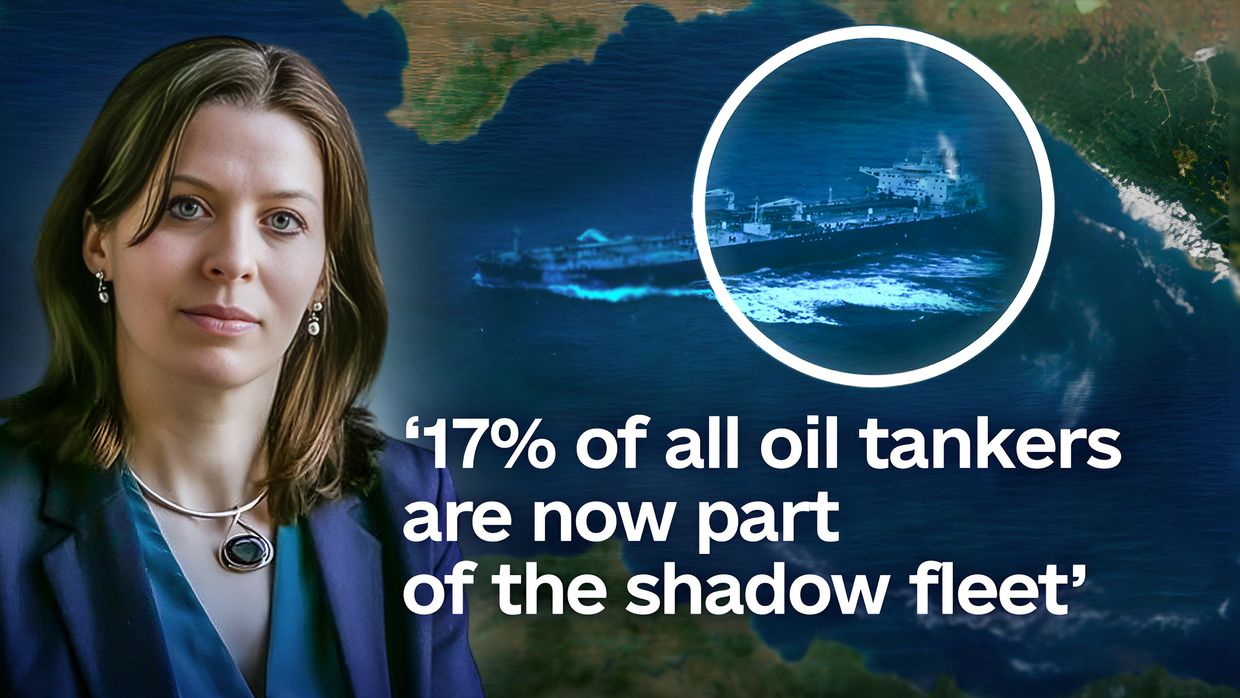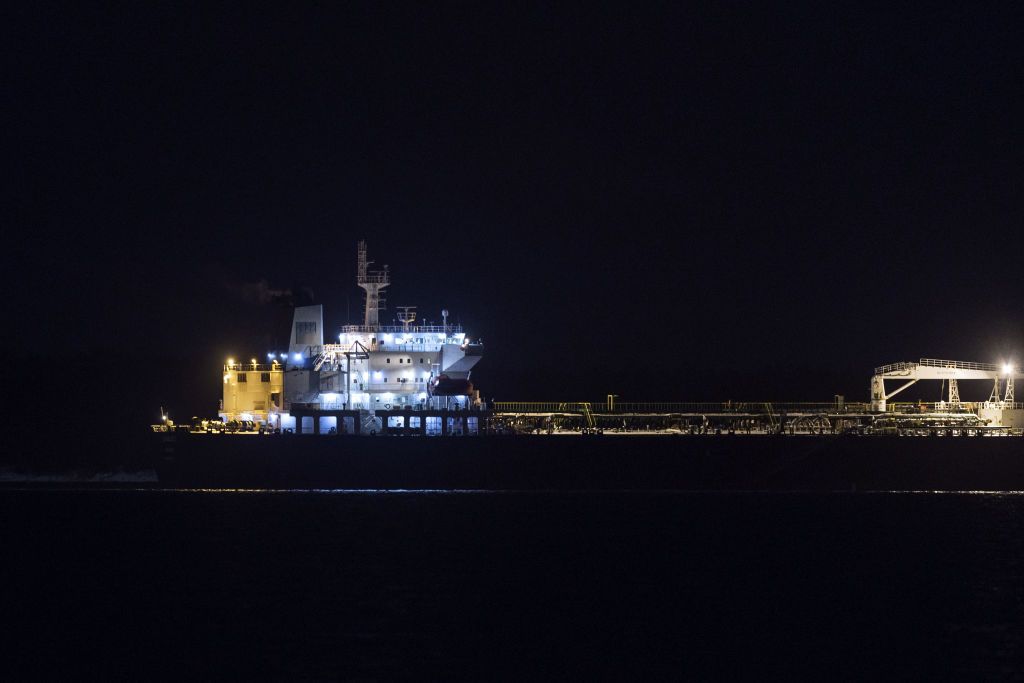The Eagle S oil tanker, which is thought to be part of Russia's "shadow fleet," was allowed to leave Finland's waters after it was detained on suspicion of sabotaging undersea Baltic cables, the Agence France-Presse news agency reported on March 2.
Finnish authorities announced that there were "no longer grounds" to continue detaining the Russian-linked vessel Eagle S, though their criminal investigation remains ongoing. Three of the eight suspected individuals from the ship's crew have been barred from leaving Finland as authorities continue to probe the incident.
In January, the Swedish Navy found an anchor at the site of the sabotaged cables in the Baltic Sea. Finnish authorities suspect the Eagle S intentionally dragged its anchor along dozens of kilometers of the Baltic seabed, according to AFP.
The vessel is believed to be part of Russia’s so-called "shadow fleet," a network of ships that Moscow allegedly uses to circumvent Western sanctions and continue exporting oil and gas. These vessels operate under opaque ownership structures, making them difficult to track and raising significant security and environmental concerns.
In mid-January, senior officials from three nations said that recent damage to undersea cables was likely the result of accidents rather than deliberate sabotage by Russia.
However, some analysts and officials believe the damage is potentially linked to Russia’s broader hybrid warfare strategy—a blend of cyberattacks, disinformation campaigns, and covert operations to stir discord in the West.














